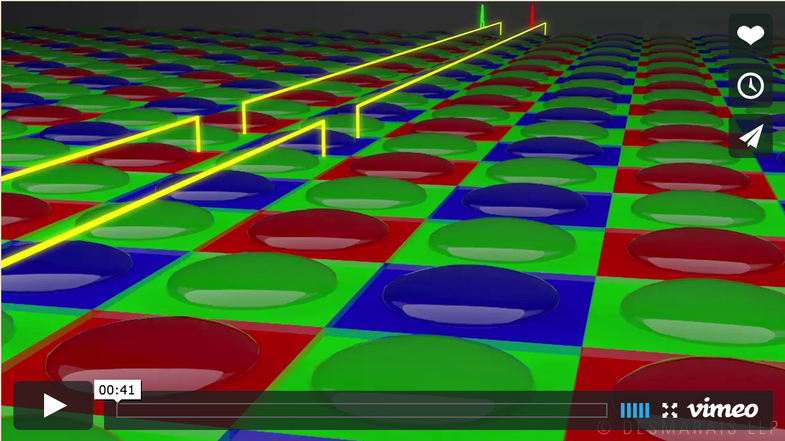How CMOS and CCD Sensors Work
Ever wonder what the difference is between CMOS and CCD sensors?

If you spend a lot of time reading about cameras, you’re probably familiar with the terms CMOS sensor and CCD sensor, as they describe the two most popular digital camera sensor types. You probably even know what the acronyms stand for. CCD is Charge Coupled Device and CMOS is Complementary Metal Oxide Semiconductor. Exciting stuff, right? But, knowing how they actually work is a different story.
Below are two videos that were created, reportedly, for use in a patent case against Canon in regards to how their sensors worked.
Here’s the CMOS sensor:
If you spend a lot of time reading about cameras, you’re probably familiar with the terms CMOS sensor and CCD sensor, as they describe the two most popular digital camera sensor types. You probably even know what the acronyms stand for. CCD is Charge Coupled Device and CMOS is Complementary Metal Oxide Semiconductor. Exciting stuff, right? But, knowing how they actually work is a different story.
Below are two videos that were created, reportedly, for use in a patent case against Canon in regards to how their sensors worked.
Here’s the CMOS sensor:
And here’s the CCD sensor:
And here’s the CCD sensor:
There’s no audio so you don’t get the nitty gritty details about what’s actually happening down to the silicon nuts and bolts (they’re not really nuts or bolts), but you do get a feel for how the two sensors work differently. The sweeping nature of the CMOS capture is actually the reason for the “jiggle” effect that happens when you move many cameras around during video capture.
Stuff like this is always fascinating, but also somewhat humbling. I can figure out and use just about any camera you put in front of me at this point, but when it comes to actually knowing what’s going on at the scientific level, I could always use more knowledge.
From: Image Sensors World via PetaPixel